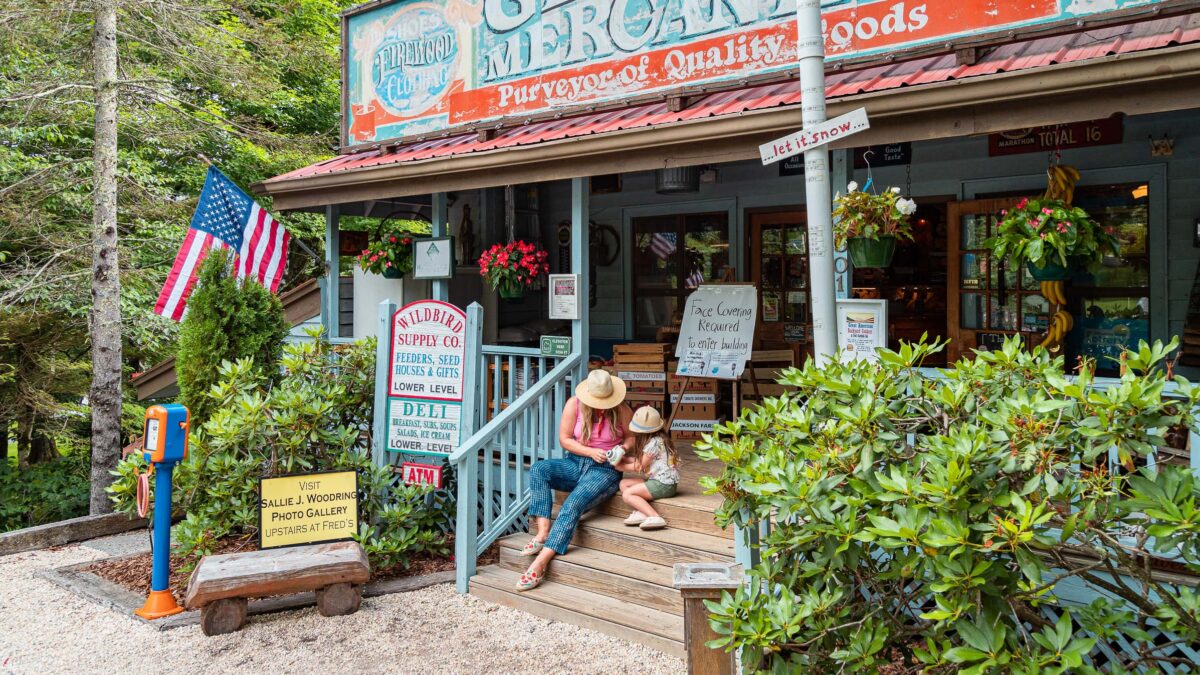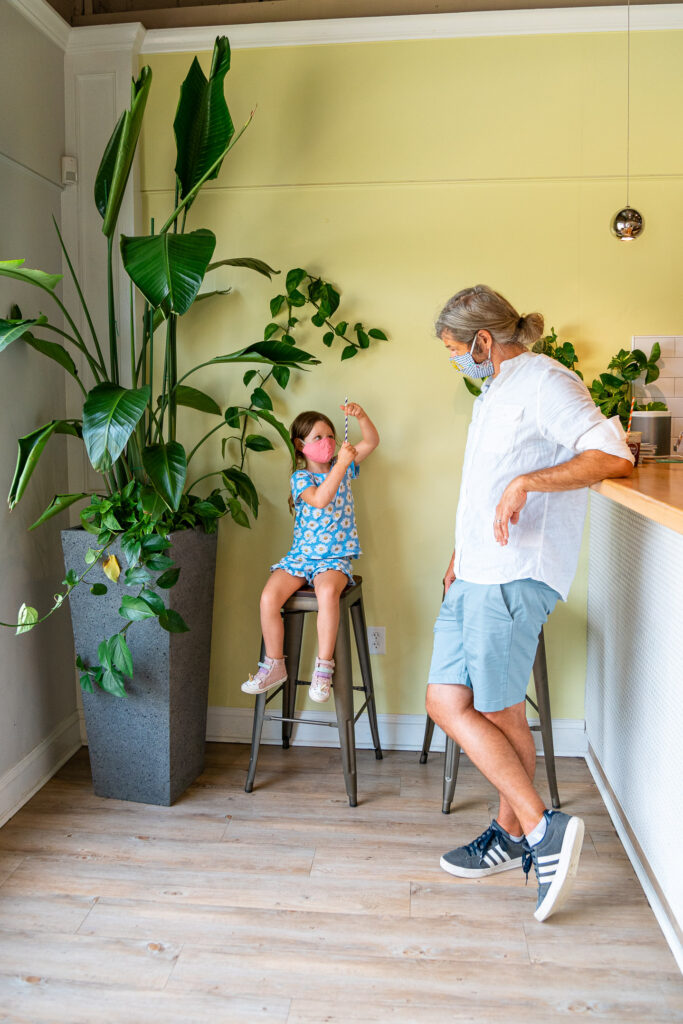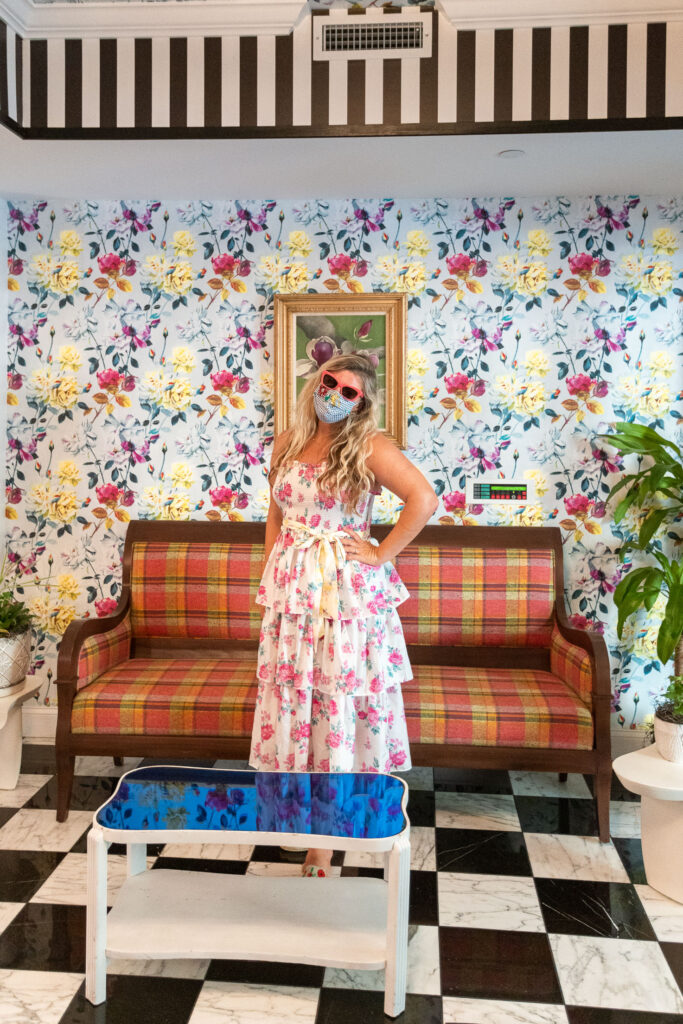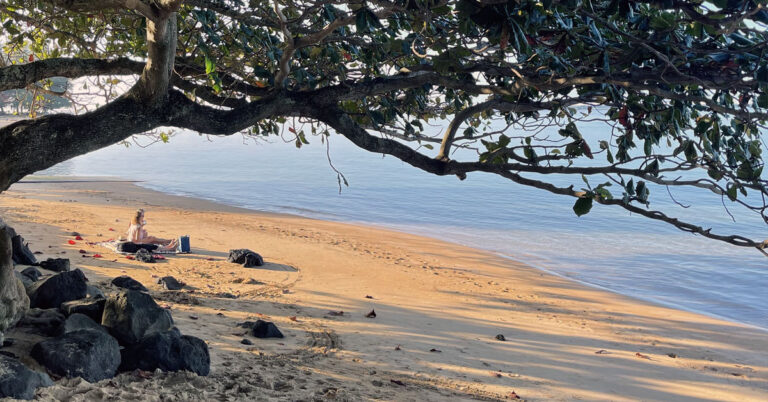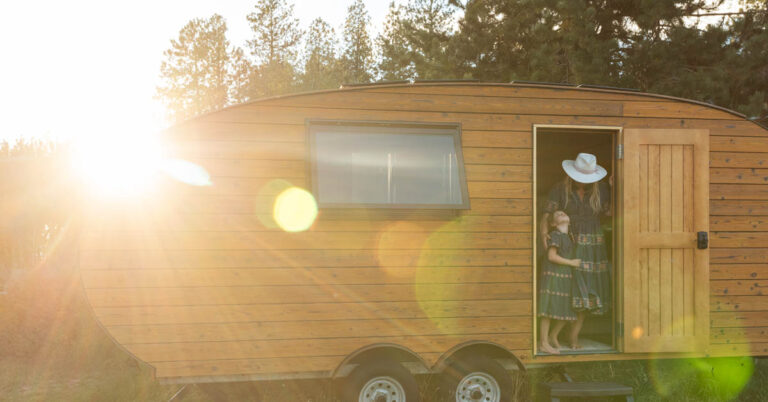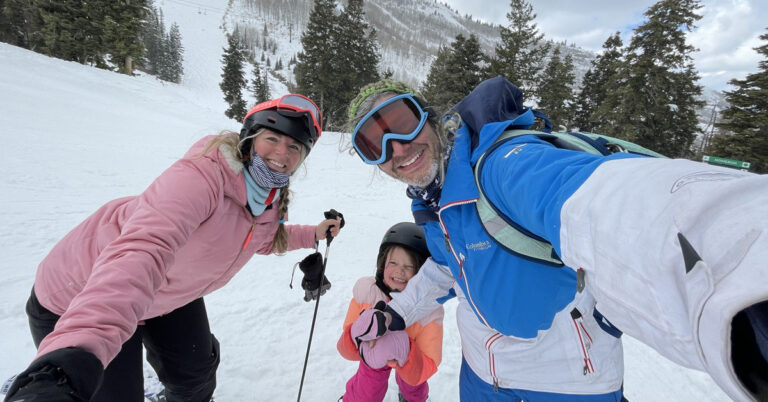We are living in a weird time for travel recommendations and guides, and a very strange time to be a travel expert and blogger! We’ve received nearly a hundred questions about how and where to travel right now. Reading this, you know the situation the pandemic is in, and you are choosing to travel away from your home anyway. Of course, you want to be as careful and safe as you can, limiting your potential risk and preventing the spread. So, in planning your trip, you are thinking ahead to mitigate that risk as much as possible.
We made these same decisions when we started traveling across the country. To be honest, our preplanning went a long way in making our travels possible, but we still ran into some issues that we had to sort out.
If you are planning to travel, here’s our tips and suggestions to make the most of your trip:
Before you go, check to see what restrictions are in place in the destination you’re traveling to and through. Be respectful of the community you’re looking to visit. Even if you’re going to be camping in a National Park, check the National Parks website and the specific park to see what precautions they are taking and asking of visitors.
And with planning every single aspect of your trip, consider how many people you have to come in contact with- we severely limited any person to person contact- from the gas pump to the lodging choice, outdoor adventures to dining. It’s easy to narrow down that contact list to become less than a trip to a grocery store in a big city! Once we did that, I felt very comfortable and safe traveling around.
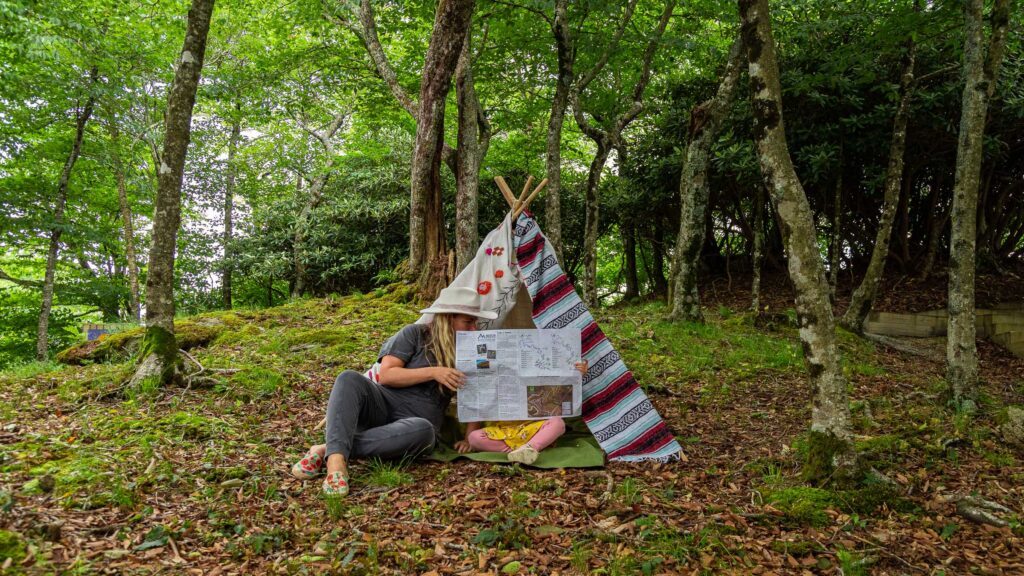
Transportation :
Choosing your mode of transportation is essentially ‘car vs. plane’ – no one is seriously considering a long stretch on a train right now. Comparing road tripping to air travel is essentially a breakdown of the number and type of touch points and interactions you and other travelers will have with each mode of transport.
- Airplane – Instead of paying attention news articles, just expect airports to be busy and mask-less while planes will be full with no empty middle seat.
Since the beginning of quarantine our family has been on a total of six flights. Flying up through the middle of May felt very safe, with empty planes and plenty of space in airports. Things changed in June – people started coming back to the airport. Despite airlines’ ‘best efforts’, there’s just no way to keep masks on people and bodies six-feet apart when traveling through an airport (and, really, when on a plane).
Some concrete problems we had were :
- Finding A Place to Eat – Some restaurants are open but with limited hours. Most (if not all) take away restaurant are open but most seating is closed.
- Bumping into People – You’ve traveled through a concourse before, no one is paying full attention in every direction, Covid hasn’t changed that.
- Finding Space to Take Your Mask Off – If you’re traveling across the country, possibly with a plane change, the idea is that you are going to have a mask on you for upwards of 7 hours. That’s a lot of time, and if you are traveling with a carryons and a family, you are going to want to pull your mask off and breath at least once in that time – at least I did. We would find empty seating areas towards the end of concourses and take ‘breathing brakes’.
- Hired Cars – Depending on the airport, count on a significant decrease in the number of Uber’s and Lyft’s available and an increase in the wait time.
If you do go by plane, take extra precautions, bring your own sanitizer and, when possible, spend a few days away from at-risk people when you land.
- Car – There’s no way to overcome the key driver of airline travel – driving can take longer (sometimes much longer). To be fair, for years, we have suggested that if the flight is less than 2 hours, most of the time driving will mean overall less ‘travel time’ (the time spent in transit door-to-door). Still, for most travel – airlines are faster. But, maybe that’s not enough to drive your decision making – it wasn’t for us.
We have embraced the road trip this year. The decision to travel by car was initially based on some of the not-so-great run ins we had while traveling through the Denver Airport, but, as we started planning our trip, that reason faded into the background as the allure of the road took over. Plus, this is a way to visit several destinations at one time, explore them all a bit longer and really make quality memories in each spot.
We’re talking about our road trips in specific throughout our site, but here I just want talk about contact points and social interaction benefits for road trips.
- Every Interaction is On Our Own Terms – Traveling by car gives drivers total control over their environment. You can choose empty gas stations and side-road dining.
- More Time with Less Mask – The overall travel time might be even or more than air travel, but you’ll end up wearing a mask a tenth of the time you would have to on a plane.
- Roadside Stops – The age old benefit of car travel is still a huge bonus to road tripping. It’s easy now to find one or two outdoor activities to add into a trip, and, with many people not traveling, these spots are mostly if not entirely empty.
Of course, for longer trips, the question everyone faces is about where and how to stay overnight. Road trips make this question even more important. By now we’ve staying at BnBs, Air BnBs, Guest Houses, Hotels, and Motels. Each of there has their own advantages and disadvantages.
Stay :
Where to stay is the biggest question facing travelers right now. Every vacation planner is searching for new policies, first person accounts and travel recommendations to figure out what type of accommodation is the safest and best suited for the current climate.
I’d say that this decision is an even bigger deal than most people are considering. In fact, where you stay now might be the biggest factor in enjoying your vacation.
The place you choose to stay is going to play a bigger part in your trip than it did pre-Covid. With limited inside activities, restaurants relying heavily on take-out, and a general escape from the elements, your accommodations are going to serve as more than just a place to rest your head – they are going to be your home base for your vacation.
First, let’s talk about the big decision : Hotel Vs. AirBnB Vs. BnB ::
This choice is a balancing act; first the science-ish. Based on travel surveys, people tend to trust that hotels are going to be cleaner overall than an AirBnBs. Most people have followed national hotel brand policies and believe that the new sanitization standards and dormant night are sufficient for safe travel. However, in our experience, that’s not the whole story.
While at hotels, unlike standalone rentals, you are going to run into other guests which opens you up to more contact points – not to mention the individual ‘freedom’ policies of fellow guests. So, while the hotels themselves might be doing everything possible to make the individual rooms and common spaces clean – the guests themselves might be detracting from this.
On the other hand, while AirBnB has ‘standards’ there’s no enforcement or monitoring on the individual properties. So, general traveler sentiment tends to belive that the accommodations aren’t as clean as hotel rooms. However, in most AirBnBs there are no other guests to contend with – which in some aspects means they might be innately cleaner than their hotel counterparts.
From our experience we found the hotels we have stayed in (Marriotts and Sheraton) to be very clean, even providing extra measures of safety by leaving rooms vacant between guest stays to let any remaining surface contamination die off. None of the hotels we have visited have been fully booked, and while we did run into guests, everyone was accommodating of space and many people wore masks than I would have expected. Essentially, what I am saying is that we felt safe at hotels.
On the other hand, it was difficult at first to overcome the idea that AirBnBs were slightly dirty. So, upon arrival we wiped down all the common spaces – which made us feel a bit more comfortable. In the end, the biggest advantage to AirBnBs was that we used significantly less hand sanitizer – trips outside, to the car, etc were not to shared spaces. This cannot be undervalued in make the whole experience ‘feel’ more free and safe.
In the end though, the options we enjoyed the most were actual Bed n’ Breakfasts. This was the prefect mix of cleanliness and distance. The staff is able to clean all the spaces and promote distance between guests. Also, being smaller than hotels, the owners were able to keep in contact with us about policies as we neared our check-in time. Also, we found BnBs with less shared space and easy access to the outside. The one thing we gave up using BnBs was walkability, which made exploring the city a bit more difficult as we had to drive further to get back to our room with take out or to have break.
Whatever form of accommodation you are comfortable with, there are several new elements of pandemic travel to consider before booking ::
- Space, More of It – You will want and need more space in your accommodations than you would have pre-pandemic. With restaurants relying on take-out and many public indoor spaces closed, the place you stay becomes your dining room, break from the elements, and luxury indulgence. Spending more time in your room doesn’t mean you have to or should spend more time on your bed (especially when eating take-out Mexican fajitas).
Whatever your normal style of accommodation might be, look at rooms one to two steps up – make this your suite trip. Not only will you enjoy the space to spread out (and you will use every square foot), you will also find that many hotels/bnbs are renting at below average prices – so you will get more for your buck than you might ever again in our lifetime.
- Amenities – With many attractions closed to the public, getaways rely heavily on on-site extras like pools, saunas, bars and restaurants. Consider your whole experience when evaluating each property – these ‘attraction’ spaces in hotels are more likely to be open than their public attraction counterparts.
- Walkability – Especially with restaurants leaning towards ‘to-go’, the ability to grab a bite from nearby restaurants/coffee shops and bring it back to your room will make your trip seem richer. Also, if you want to explore the city, but indoor shopping/attractions are closed, wandering the sidewalks is the next best way to experience each city’s urban mystique. However, if you have to drive and park your car, the allure of ‘wandering around’ becomes a bit less magic and a big more clinical.
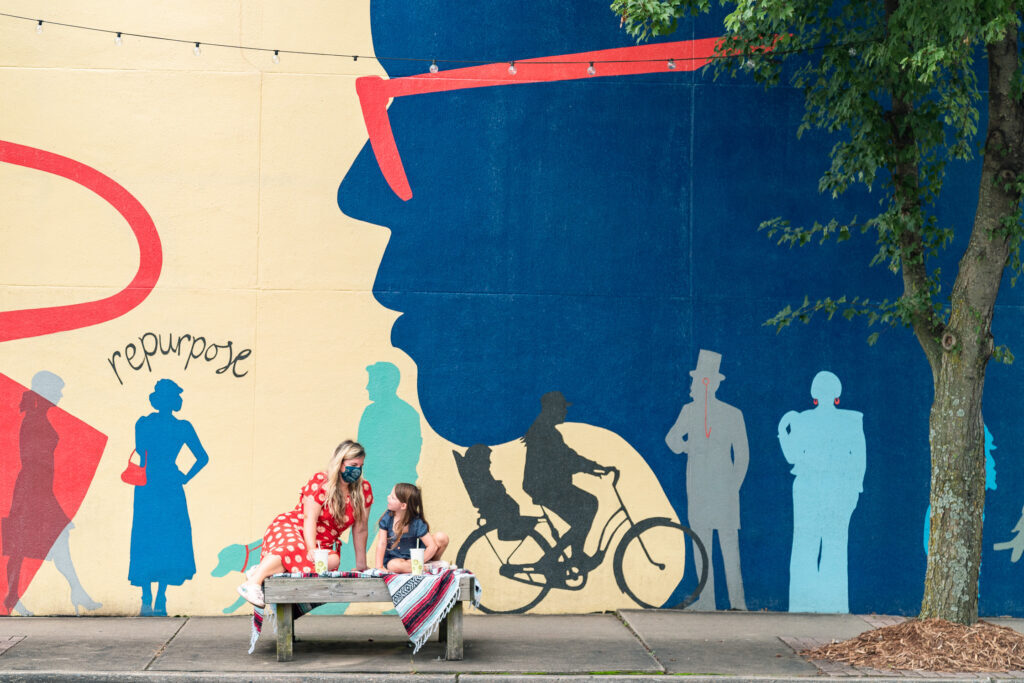
Dining
Dining out is easy. That said, it does take a shift in the way you think about eating out while traveling. It’s not hard, you just have to plan ahead and/or prepare to picnic.
- Reservations – Assume that any place you’re going to want to eat is going to be taking reservations and many don’t have waitlists. That doesn’t mean that you need to plan days or weeks in advance. Everywhere we wanted to eat had plenty of seating options if we called ahead on the same day.
- Plan on Waiting – Many places that don’t take reservations still have some sort of 20-30 minute wait to be seated.
- Dining Off Hours – Especially outside of the more densely populated areas, we’ve noticed that restaurants typically have only one ‘full sitting’ per meal time. For us, that meant, if we wanted to walk up and grab a table, if we arrived before or after the main dining time, we could get a table quickly and had most of the restaurant to ourselves.
- To-Go – If reservations and waiting to sit aren’t working out, there’s always to-go options, and, to be honest, nearly every restaurant we visited had to-go completely figured out and was excited to send food out the door.
While we did take our food back to our hotel room, we also planned ahead with blankets and created several walkaway picnics. I wouldn’t have expected it before this, but we actually found that breakfast was a great time to have a small sit-down to-go meal in a park or benches along the sidewalk.
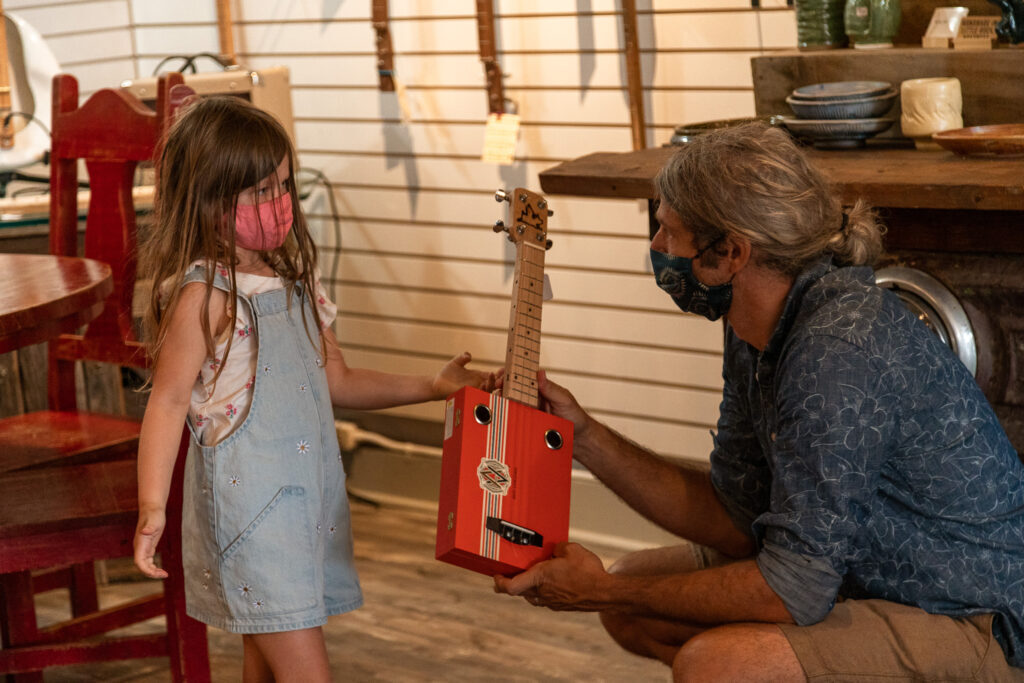
What to Pack
Before you walk out the door, toss these things into your bag and you’ll be all set to take on pandemic travel ::
- Hand sanitizer – An average person will go through about 3oz of hand sanitizer a day. We kept one large pump bottle in our car and used two pocket sized squirt bottles when we were walking around.
- Multiple Masks – There was nothing more frustrating during our travels than hoping out at a park, restaurant, hotel and having to spend the next five minutes figuring out where we put our masks – or ending up with one of Augustine’s pants wrapped around our head when we couldn’t find enough. Everyone should have at least two masks, with the idea that one is always kept in the car. We found designating one of the cup holders, the ‘mask holder’ gave us a place to focus on putting all our masks together when we got back in the car.
- Antibacterial Soap – Accommodations provide general ‘soap’ but, like with the rest of life in a Covid world, you need to use antibacterial soap to clean your hands after you and they have been out and about. Our last road trip lasted three weeks and we were able to use a single dove pump bottle throughout trip without needing a second.
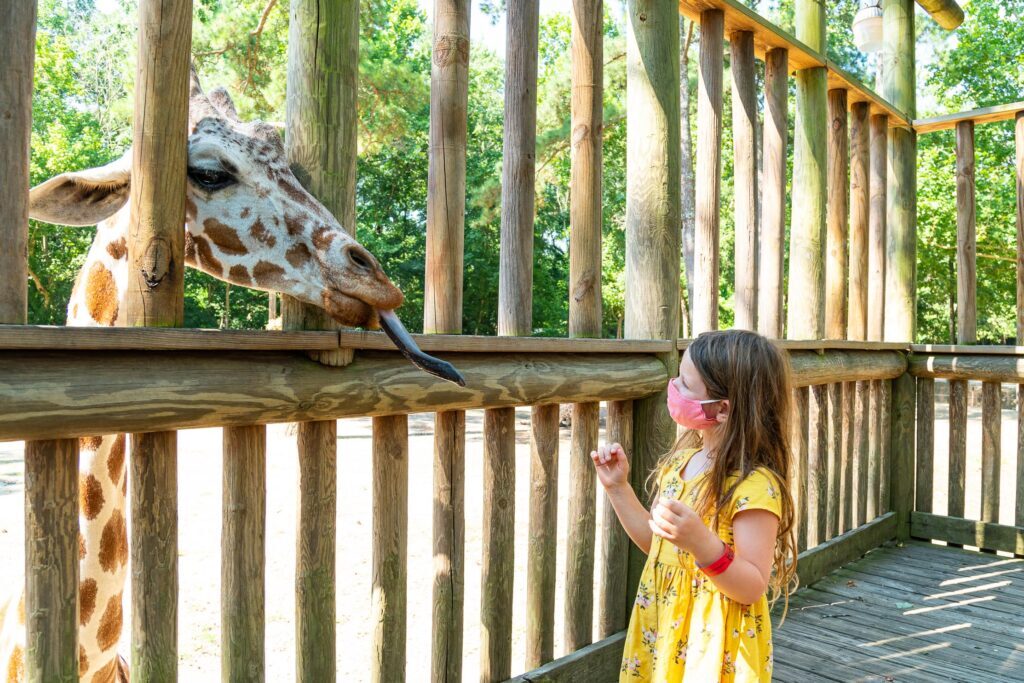
Things to Keep in Mind
Traveling in a Covid world isn’t science and it isn’t like it was Summer ’19. Now, traveling is all about you and your comfort level. Don’t push yourself into uncomfortable situations (which are different for everyone). Let you own personal comfort level be your guide.
- When you arrive at an attraction, restaurant, etc, survey the scene and don’t shy away from changing your mind and going elsewhere. Talking to management or trying to adjust the location to your personal safety preference won’t do anything but get you upset.
- Hired cars (Uber and Lyft) are currently less in circulation, which means you will be waiting 2-3 times longer between calling for a car and being picked up than you would have waited in 2019.
- Don’t Expect Enforcement of Rules. It’s frustrating to see people walking around without taking any precautions, but there is literally nothing you can do about it and very little anyone else will do about it. Focus on yourself, keep yourself safe and distant. If you try and make the world safe for everyone – you will only end up ticked off.
- You will become desensitized to keeping your hand sanitized. I know this may seem crazy to some people, but, when we started our first pandemic trip, we wiped down every table we sat at, changed clothes after visiting attractions and hand sanitized about every ten minutes, even if we’d just been riding in the car. A few days in, we started to grow accustomed to the idea that places were cleaner than we though and that gave way to a more lax sanitation regime.
To combat our relaxing attitudes, we came up rituals :
- When we get in the car, sanitize before we turn the car on.
- When we sit down to eat, sanitize after we order.
- When we get into the hotel room, wash our hands before passing the bathroom
Activities:
We researched any and all outdoor activities for our trip, keeping in mind how to socially distance as best we could. This meant looking into hikes, nature walks, kayaking, canoeing, splash pads, etc. Anything and everything outdoors related is perfect.
We also visited two zoos and museums on our cross country trip and here’s our advice:
- Look for options that offer timed ticket entrances to limit interactions with others.
- Zoos are mainly outdoors, so it is easy to visit, wear a mask and feel like you are in your own space.
- Bring your own hand sanitizer for museums (although they all had tons of sanitizing stations in each room and signs to encourage use).
- Pick off peak times to visit, to limit interactions with others.
- Research self guided walking tours or audio tours that you can download to your own phone.
- Bring your kids scooter or skateboard or bike (if you have the space) so you can explore a city in a fun way for them. We took the scooter when we did a mural crawl and it was so much fun for Augustine.
We hope these tips help you feel safer as you head out to travel. We know it’s tricky traveling right now but truly believe it can be done safely if you follow precautions and research and plan in advance.
